12 Mayan Gods Who Helped Make Sense of a Complex World
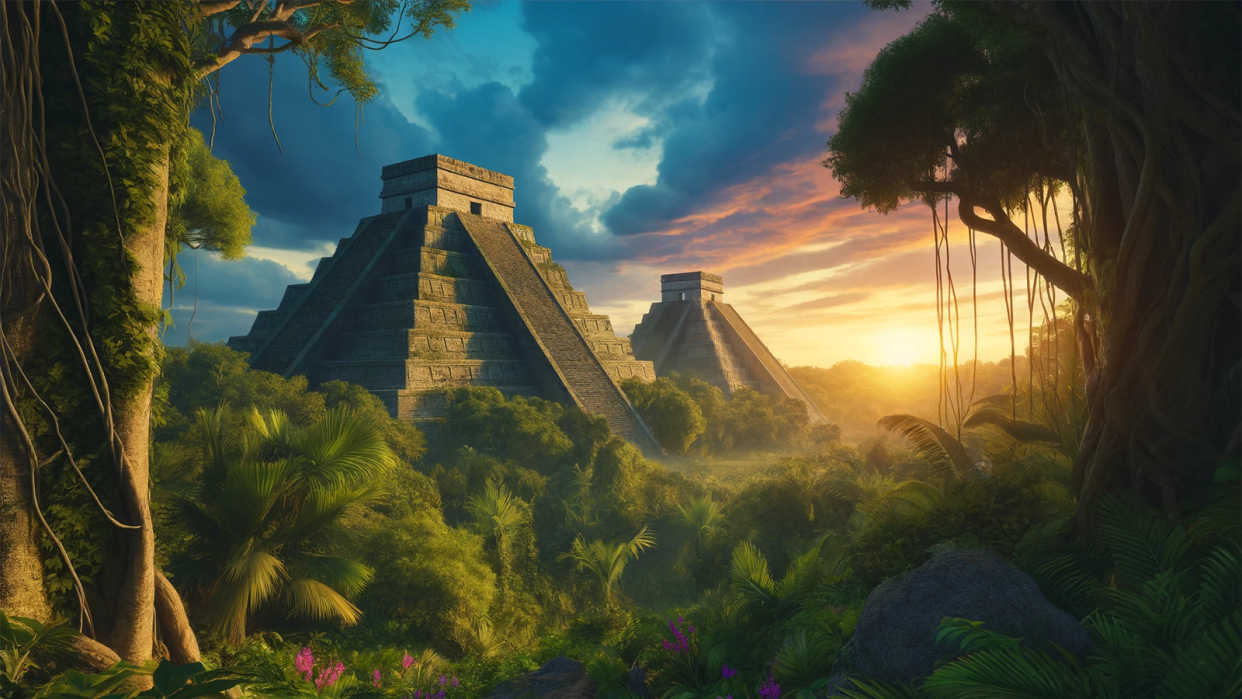
Ancient Maya culture was centered on interconnected city-states that developed great networks of trade and agriculture and some of the most advanced architectural wonders in human history. Today, artworks depicting roughly 250 different Mayan gods and goddesses can still be found carved into these wonders.
Not all deities from the vast Maya pantheon were venerated universally, but they all played important roles in the complex stories of Maya mythology. These stories taught lessons, explained natural phenomena and gave ancient Maya citizens clarity in a confusing world.
A Brief Overview of Ancient Maya Civilization
The details of Ancient Maya religion and the nuances of Maya culture are now shrouded in mystery. Scholars typically agree that Maya and other Mesoamerican societies stemmed from the Olmec, an agricultural superpower that developed an innovative sacred calendar and number system.
Between 250 and 900 C.E., Maya civilization built upon this Olmec foundation and amassed a total population of between two and 10 million citizens, inhabiting roughly 40 large cities spread across modern-day Mexico and Central America.
The Maya built elaborate palaces, temples, pyramids and arenas where athletes entertained droves of fans playing a ritualistic sport called ulama. Elegant stone artworks depict this golden age, but a mysterious event led to the abandonment of these great cities and the gods which the Maya worshipped.
Deities Responsible for Creating Human Beings
The Maya civilization lasted for roughly 2,500 years, so it can be easy to see how the stories of gods and goddesses changed as time went on and people spread out to settle in new areas. Some ancients believed a maize god wove humans from grain, while others believed in up to 13 different creation myths.
After the arrival of Spanish conquistadors and their subsequent oppression of indigenous populations, many local legends were Christianized or forgotten entirely.
Depending on which iteration of Maya religion you find, several creator gods are believed to have played a role in crafting heaven, Earth and everything in between. Some Maya deities were benevolent, while others were morally ambiguous, with complex give-and-take relationships with worshippers.
Huracan
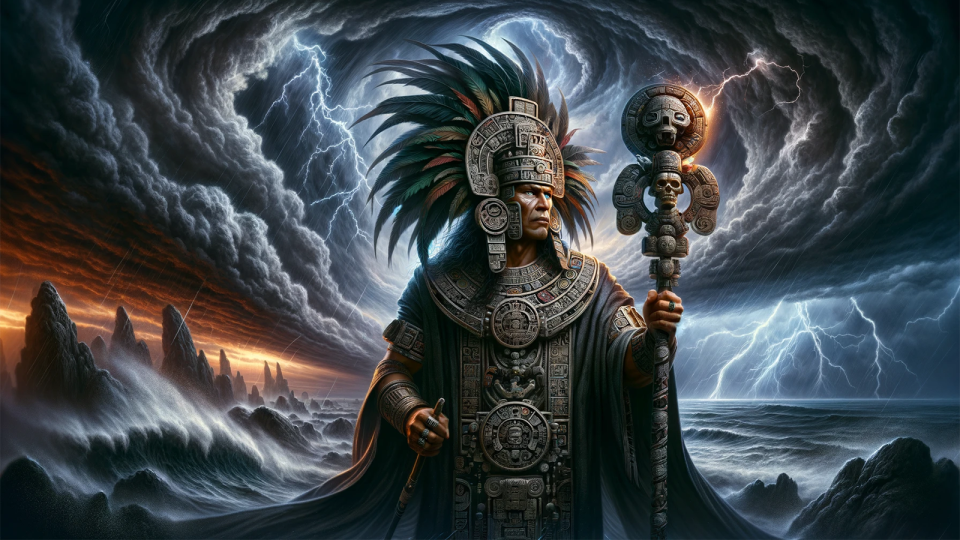
Huracan, also known as "Heart of the Sky," was the supreme creator god who thought the world into existence. Drawing several parallels to figures from Greek religion and Christianity, Huracan was a storm god who brought great storms and floods and gifted humanity with fire to survive the elements.
Itzamna
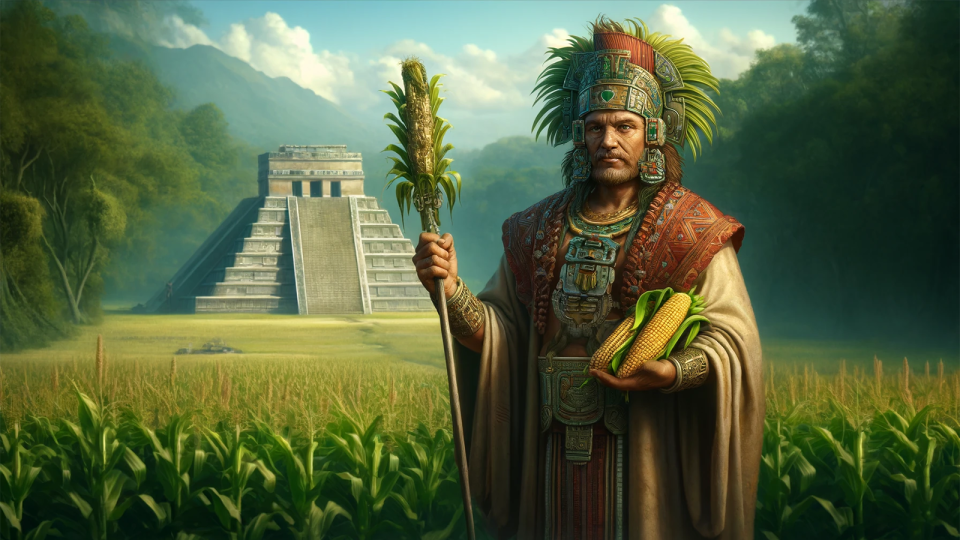
Itzama was a popular maize god figure and the patron deity of temple priests. He not only helped create human beings but also taught them to read, write, create art, heal and cultivate farmlands to feed a growing population.
Ix Chel

The goddess Ix Chel was a grandmotherly figure for the ancient Maya. She was a creator deity and the patron Maya goddess of medicine, rain and childbirth. Goddess Ix Chel is also depicted as "Lady Rainbow" in many of her pictographic appearances in Maya art.
Hunab Ku
The creator god Hunab Ku was a major point of contention in scholarly debates about the Maya religion. Since the name translates to "Great God" and records of the god appear after European contact, many scholars believe that Hunab Ku is a colonial religious bridge for converting Maya to Christianity.
Mayan Death Gods
One of the primary functions of Maya religion was connecting the spiritual world to the physical one. Hunting, war, illness and human sacrifice were common occurrences, so a death god in the Maya pantheon was constantly busy guiding and protecting souls.
Similar to other major ancient religions, Maya people believed that even though human life was sacred, an authentic Maya life was merely a stepping stone to the underworld. The Yucatec Maya knew the world of the dead as "Metnal," but the Quiche Maya designation "Xibalba" is more common.
Ah Puch
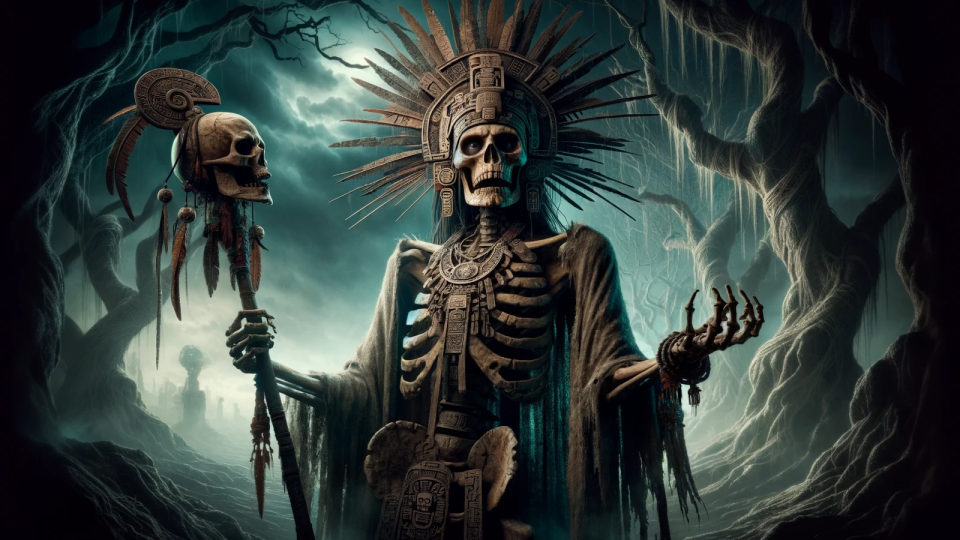
The god referred to as "Ah Puch" may be a singular death deity or a group of gods and goddesses from the Maya pantheon who also focused on rebirth. Some researchers of the ancient Maya religion argue that Ah Puch is the ancient name of Cizin, a god symbolized by a dancing skeleton.
Buluc-Chabtan
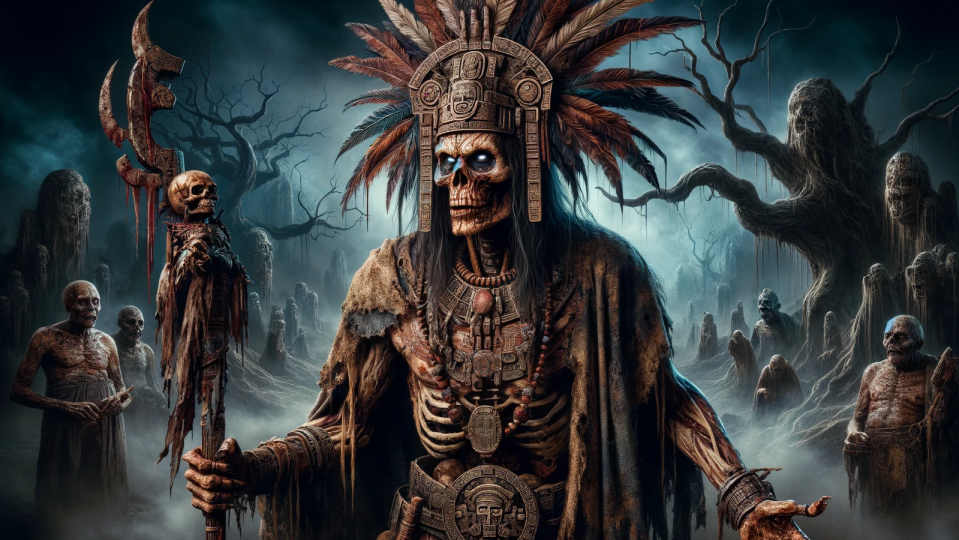
Buluc-Chabtan was one of the primary Maya deities associated with war, violence and death. This Maya god is often depicted as a sadistic zombie-like entity who took pleasure in arson and roasting his human sacrifices on skewers.
Cizin
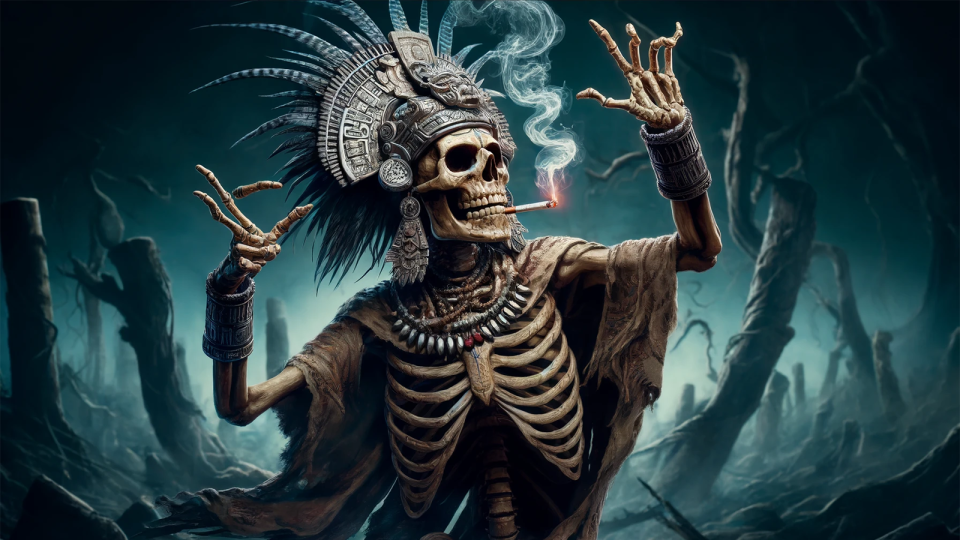
Cizin was the supreme god of death, appearing as an ominous, cigarette-smoking skeleton wearing a necklace of severed human eyes. It's difficult to say how many gods and goddesses held sway in the Maya underworld, but this patron god of death is closely related to Christian portrayals of Satan.
This Maya god ruled over Xibalba and issued justice and torment to evil souls. Unlike other gods and goddesses of the underworld who possessed a sense of duality, Cizin never represented rebirth or redemption. It seems that his main responsibility was torture, and he took great joy in his work.
Ixtab
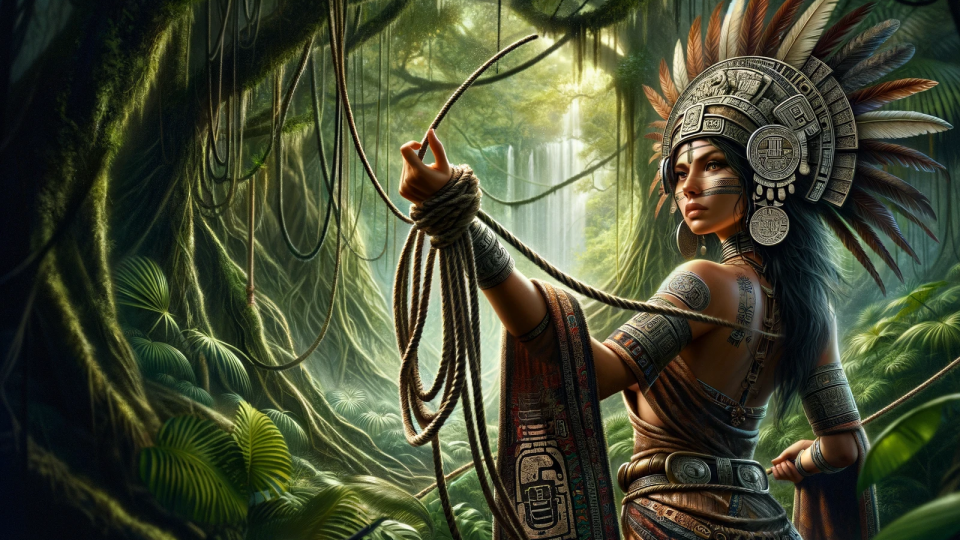
Also known as "Rope Woman," this Maya goddess was likely a hunting deity with a strong connection to snares. However, some interpretations argue that she was the patron goddess of suicides among death gods, and her primary function was ushering lost souls to paradise after their hardships on Earth.
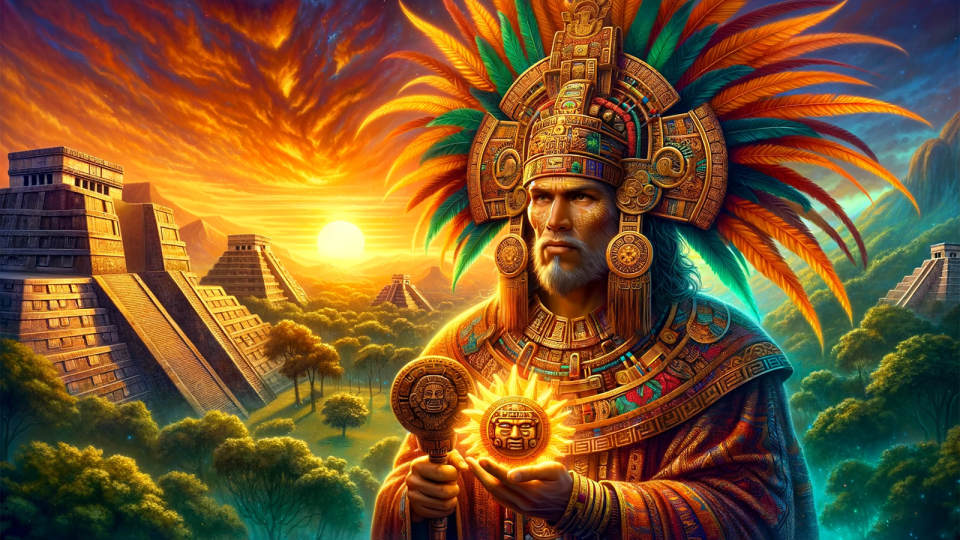
Who Was the Mayan Sun God?
The sun god Kinich Ahau was an important figure in the Yucatec Maya pantheon. Although he was the primary solar deity among ancient Maya gods, he was sometimes split into several sub-deities. Iterations of the sun god Kinich Ahau included Ah-Kin, Ah-Xoc-Xin and Ahau-Kin, the Jaguar god of the underworld.
Who Were the Maya Hero Twins?
These ancient Maya gods were the protagonists of the most famous hero epic in Maya culture. Like Perseus from Greek legend, the two boys named Hunahpu and Xbalanque were born from a virgin goddess mother and became exceptionally gifted in adulthood, especially in the ball game Poc-A-Toc.
The Hero Twins used their athleticism and cunning to trick the death gods and avenge their dead father, using the game of Poc-A-Toc as a distraction for greedy deities like Ah Puch, whose traps for the heroes failed.
Although the boys successfully defeated the forces of darkness, they were unable to reanimate their father and bring him back to the land of the living. However, they guaranteed that he would be remembered and honored as Hun Hunahpu, the maize god of rebirth.
Maya noble classes, and especially the ruler, benefited greatly from this legend of mortals descending from Maya gods and goddesses because it confirmed the divine legitimacy of the throne. This concept could explain why the maize god origin story was retold on several walls of central temples and palaces.
Other Major Mayan Gods and Goddesses
Although many Maya gods gained and lost public favor during the ancient civilization's long history, some remained central to Mesoamerican theology. The following figures may not fit into the pantheon of the main Maya gods, but these supernatural beings are still integral to religious stories of the time.
Camazotz: The Bat God
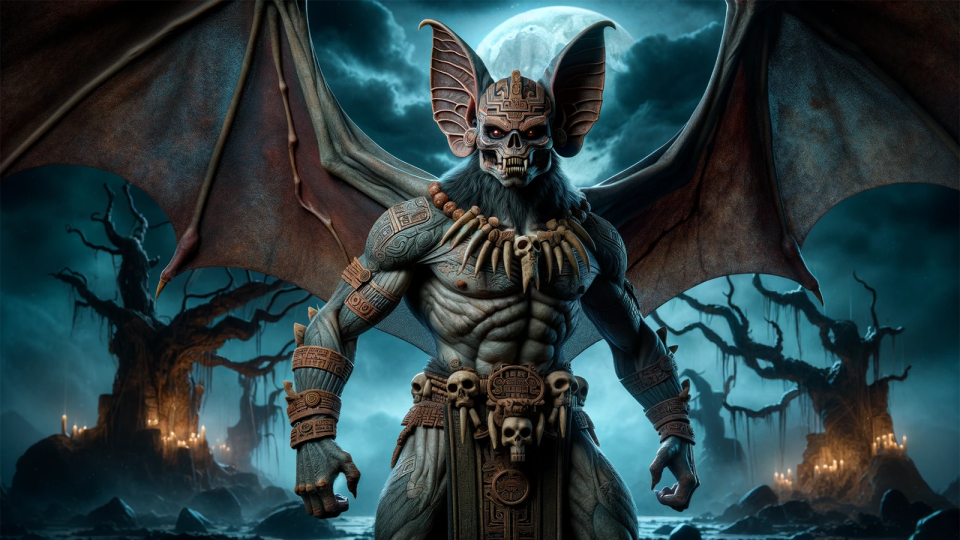
Thousands of miles and years from the famous Batman of Gotham City, the Maya told of a malevolent spirit of the underworld that represented darkness, death and sacrifice. The Maya god Camazotz played an essential part in the epic of the Hero Twins.
In the story, the Hero Twins are forced to spend the night in Camazotz's lair. To hide from the swarms of murderous bats, they magically took refuge in their blowguns until sunrise. Curious Hunahpu stole a glance, and one of the bats severed his head, carrying it away to the sacred ball court like a toy.
Q'uq'umatz: The Feathered Serpent God
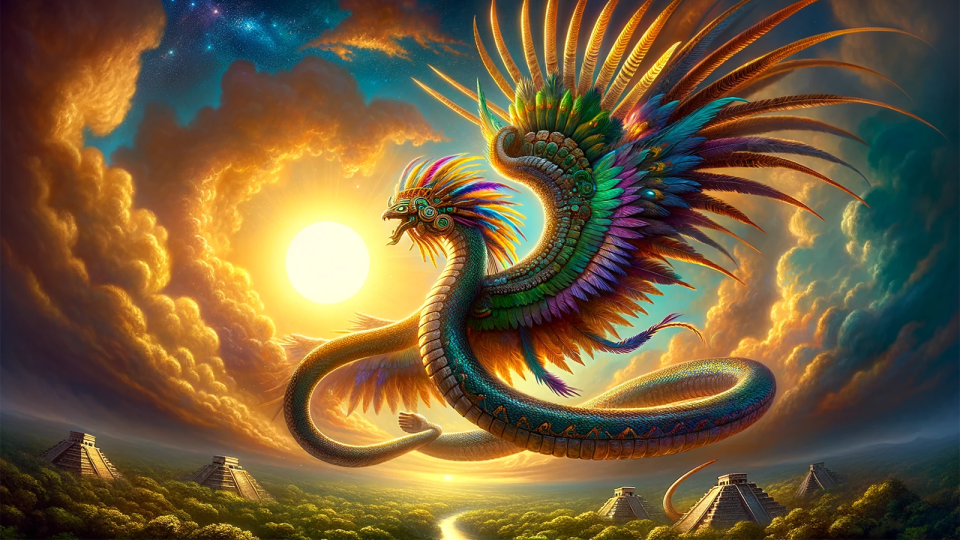
This feathered serpent deity from some of the oldest phases of the Maya pantheon worked with the god Tepeu to create the world and the underworld. The feathered serpent, not to be confused with the vision serpent, was also responsible for sun god duties.
Aside from carrying the sun across the sky, Q'uq'umatz acted as a political mediator for gods and goddesses who reigned on earth and in the underworld. The feathered serpent god motif can be found on several Maya ruins, including Chichen Itza, El Castillo and Tikal (popular ruins North of Guatemala City).
The Howler Monkey God
In today's society, monkeys are often depicted as loony, fun-loving animals, but the Maya perceived them as more regal intellects. Specifically, howler monkeys held a high status and were often depicted as artists and writers.
Although the Monkey God was not universally worshipped in the ancient Maya world, it was a common symbol of artistic creation closely related to the maize god (the Maya god of creation), and several statues capture these creatures crafting human heads of stone.
Now That's Impressive
Chichen Itza, a Maya temple city in the Yucatan Peninsula, is one of the best-preserved ruins in the world. This 1500-year-old complex covers an area of nearly 2 square miles (5 square kilometers) and may have housed tens of thousands of citizens in its prime years. It is a Unesco World Heritage Site and one of the New Seven Wonders of the World — named so not only for its sheer size and historical value but also for the many mysteries that the structure poses to modern researchers. The central pyramid El Castillo is visually stunning, but it also showcases the Maya's advanced understanding of astronomy, architecture and mathematics. This temple of Chichen Itza was built so accurately in relation to the wild nature of the cosmos and surrounding structures that during the spring and summer equinoxes, the sunlight and shadow create a snake-like image representing the Maya god Kukulkan on the staircase leading to the top of the pyramid.
Original article: 12 Mayan Gods Who Helped Make Sense of a Complex World
Copyright © 2024 HowStuffWorks, a division of InfoSpace Holdings, LLC, a System1 Company


